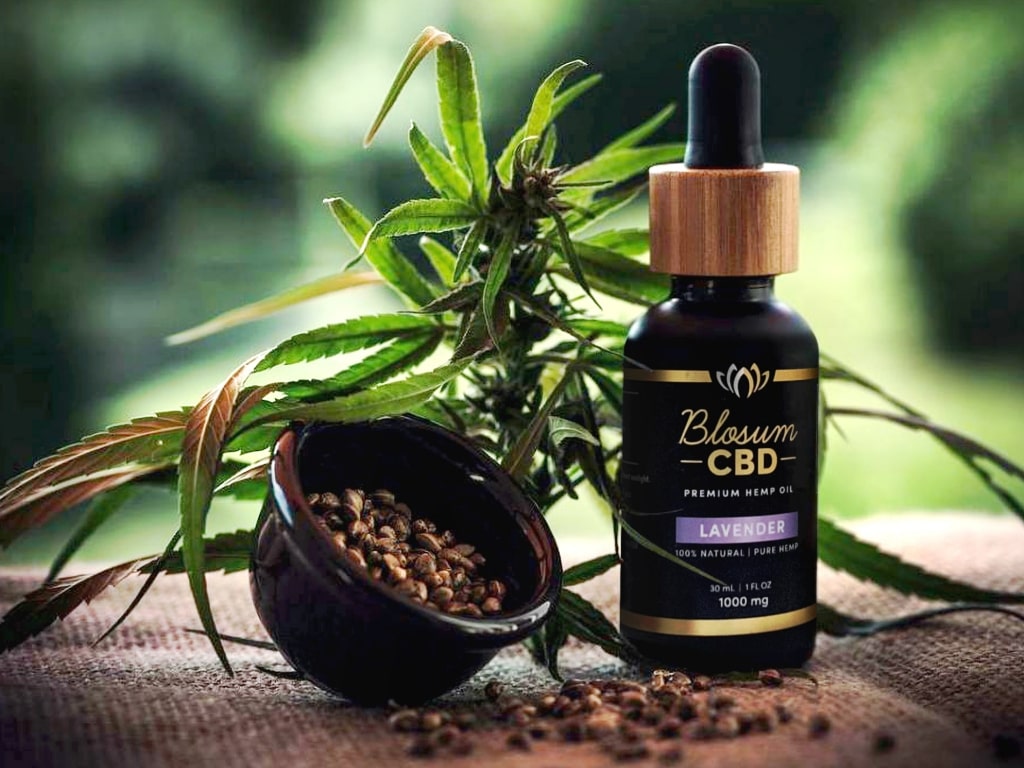Did you know that hemp has more than 400 substances with different effects? Learn about CBD, one of the main cannabinoids in the plant.
CBD, cannabidiol, is one of 400 substances present in hemp. But it is not “just one more”. Cannabidiol has numerous medicinal properties, and is so popular in the United States that it is easily found in all kinds of products.
What do you mean? Hemp in every product? I’ll explain! The hemp industry has expanded and today when we talk about hemp, it’s not just about the breezy substance. Cannabidiol present in hemp and also in hemp, is medicinal and has no psychoactive effects.
Contrary to what many believe, CBD is not a breeze and its benefits range from relaxation to use in chronic diseases.
Learn more about this widely used substance, how it works, and the main science-proven benefits of cannabidiol below!
What is CBD, how it works, and what is it used for?
CBD stands for cannabidiol, a molecule derived from the Hemp plant that has no psychoactive effect.
How cannabidiol works in detail in the human body is still in the early stages of research, but here we will clarify the main points. Our body has a system called cannabinoid, which is named after hemp because it was hemp that led to its discovery.
Our body also produces cannabinoids, called endogenous cannabinoids. They bind to the cannabinoid system, consisting of the CB1 and CB2 receptors.
To better understand, these receptors are nothing more than molecules in which it is possible to have a connection with cannabinoids, be they endogenous, from hemp, or synthetic.
CB1 receptors are found in the nervous system, while CB2 receptors are mostly found in the immune system. After the receptors bind to the cannabinoids various physiological effects occur.
Tetrahydrocannabinol (THC), another cannabinoid present in hemp, acts by binding to these receptors. Scientists thought that CBD might act in a similar way, but this is not what the latest research suggests.
Studies to date suggest that rather than binding to CB1 receptors in the human endocannabinoid system, cannabidiol acts differently, increasing or enhancing the production of our own endocannabinoids.

This is because there is evidence that CBD inhibits the production of an enzyme in our body that regulates and destroys our own excess endocannabinoids.
As a result, there is a greater amount of our own cannabinoids circulating in the body, which affects our physical state. Research also indicates that cannabidiol can alter the effects of other natural chemicals present in humans.
CBD and THC: their differences and how they act together in the body
As we have already commented, one of the main differences is that, unlike the better-known hemp molecule, delta-9-tetrahydrocannabinol, or THC, CBD is not psychoactive.
Furthermore, some studies show that cannabidiol, in combination with THC, appears to reduce some of the psychoactive effects of the latter.
Therefore, selecting a product with similar levels of CBD and THC may help to curb the overwhelming or unwanted effects (such as anxiety, anxiety, and the effects of THC).
What are the benefits of cannabidiol?
The cannabinoid system is one of the most important for maintaining human health, so the benefits found by using CBD are many.
It is important to remember, that besides enabling greater circulation of endogenous cannabinoids, cannabidiol acts on serotonin, which modulates mood and stress, as well as adenosine, which affects our sleep-wake cycle; and vanilloid, which contributes to pain modulation.
Visit NHW to find out more useful information about CBD Oils.




